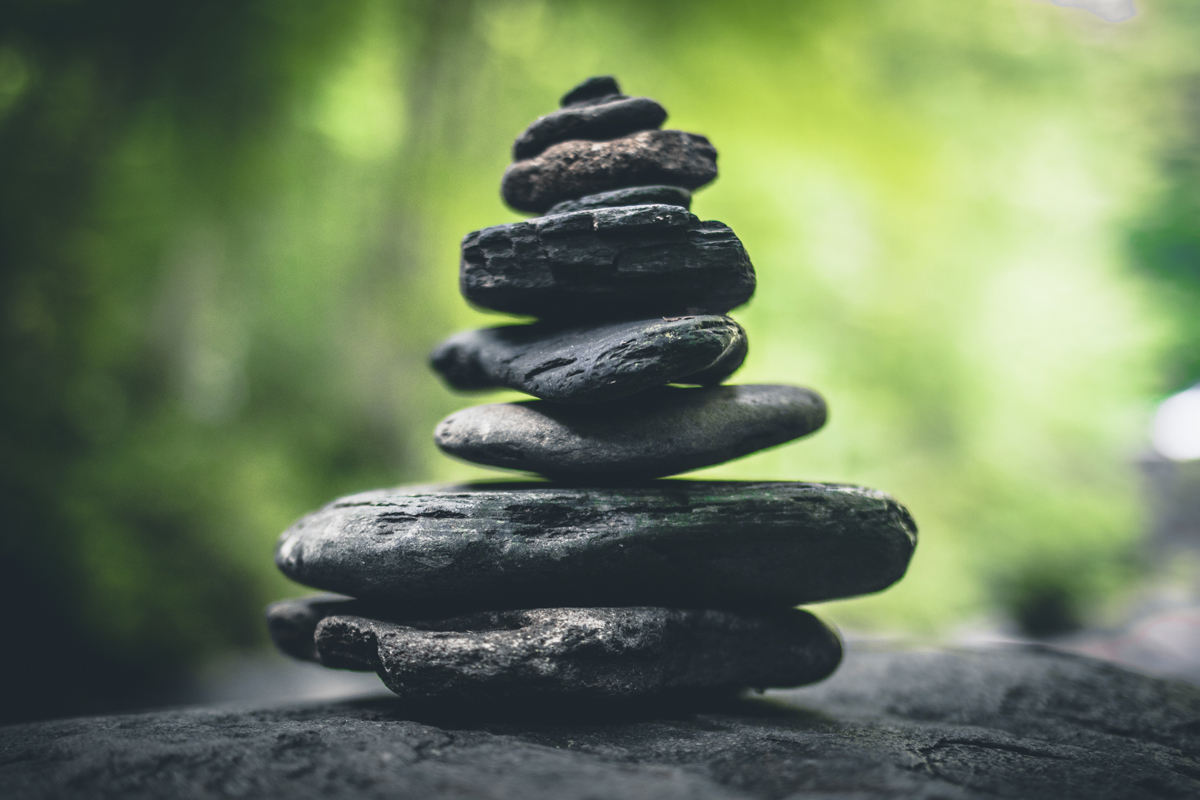In the teaching of Buddha we say there are three things that make your meditation being merely a way to bring relaxation, peace, and bliss or becoming a powerful cause for your enlightenment and the enlightenment of others. We call them good in the beginning, good in the middle, and good at the end.
 |
Good in the beginning springs from the awareness that we and all sentient beings fundamentally have the Buddha nature as our innermost essence. And that to realize it is to be free of ignorance and to put an end finally to suffering. So each time we begin our practice of meditation, we are moved by this and inspire ourselves with the motivation to dedicate our practice and our life to the enlightenment of all beings in the spirit of this prayer, which all the Buddhas of the past have prayed: By the power and the truth of this practice may all beings have happiness and the causes of happiness. May all be free from sorrow and the causes of sorrow. May all never be separated from the sacred happiness that is sorrowless. And may all live in equanimity without too much attachment or too much aversion, and live believing in the equality of all lives.
Good in the middle is the frame of mind with which we enter into the heart of the practice, one inspired by the realization of the nature of mind, from which arises an attitude of nongrasping, free of any conceptual reference whatsoever and an awareness that all things are inherently empty, illusory, and dreamlike. Good at the end is the way in which we bring our meditation to a close by dedicating all its merit and praying with real fervor: May whatever merit that comes from this practice go toward the enlightenment of all beings. May it become a drop in the ocean of the activity of all the Buddhas in their tireless work for the liberation of all beings. Merit is the positive power and benefit, the peace and happiness that radiate from your practice. You dedicate this merit for the long-term ultimate benefit of beings for their enlightenment. On a more immediate level, you dedicate it so that there may be peace in the world, so that everyone may be entirely free of want and illness and experience total well-being and lasting happiness. Then realizing the illusory and dreamlike nature of reality, you reflect on how, in the deepest sense, you who are dedicating your practice, those to whom you are dedicating it, and even the very act of dedication are all inherently empty and illusory. This is said in the teachings to seal the meditation and ensure that none of its pure power can leak or seep away and so ensure that none of the merit of your practice is ever wasted.
These three sacred principles: the skillful motivation, the attitude of nongrasping that secures the practice, and the dedication that seals it are what make your meditation truly enlightening and powerful. They have been beautifully described by the great Tibetan master Longchempa as the heart, the eye, and the life force of true practice. As Musho Kempo says, "To accomplish complete enlightenment, more than this is not necessary, but less than this is incomplete." *SOGYAL RINPOCHE, 1992, THE TIBETAN BOOK OF LIVING AND DYING* end |



No comments:
Post a Comment